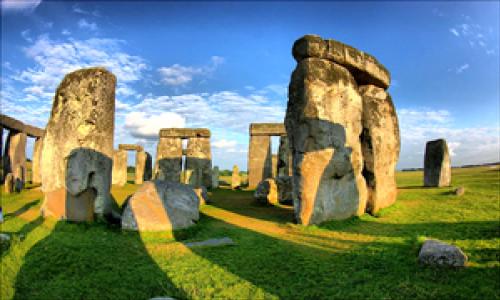Stones, with their enduring presence and captivating allure, have held a remarkable place in human history and culture for millennia.หิน เดิน ได้ These ancient relics of the Earth’s geological past are not only aesthetically pleasing but also imbued with profound symbolic meanings and practical applications. From the majestic cathedrals adorned with intricate stone carvings to the delicate gemstones that grace our jewelry, the role of stones in our lives is multifaceted and profound.
Geologically, stones are a testament to the Earth’s geological processes, often revealing the story of millions of years through their layers, patterns, and compositions. The diverse range of stones, each with its unique texture and color palette, reflects the incredible variety of minerals and elements that have shaped our planet. From the rugged beauty of granite to the delicate veining of marble, stones bear the marks of their formation, transformation, and the forces that have shaped them over time.
Culturally, stones have been revered and incorporated into human civilizations in various ways. Ancient civilizations used stones as building materials to construct architectural marvels like the pyramids of Egypt, the Great Wall of China, and the intricate temples of Angkor Wat. These structures not only stand as a testament to human ingenuity but also demonstrate the enduring strength of stones that have weathered centuries of history.
Furthermore, stones have been cherished as symbols of strength, stability, and permanence. The concept of the “cornerstone” illustrates the pivotal role of stones in the foundation of structures and societies. In the realm of spirituality and mysticism, stones have been associated with healing properties and metaphysical energies. Many cultures have attributed specific meanings to gemstones, believing that they possess mystical powers that can influence various aspects of life.
